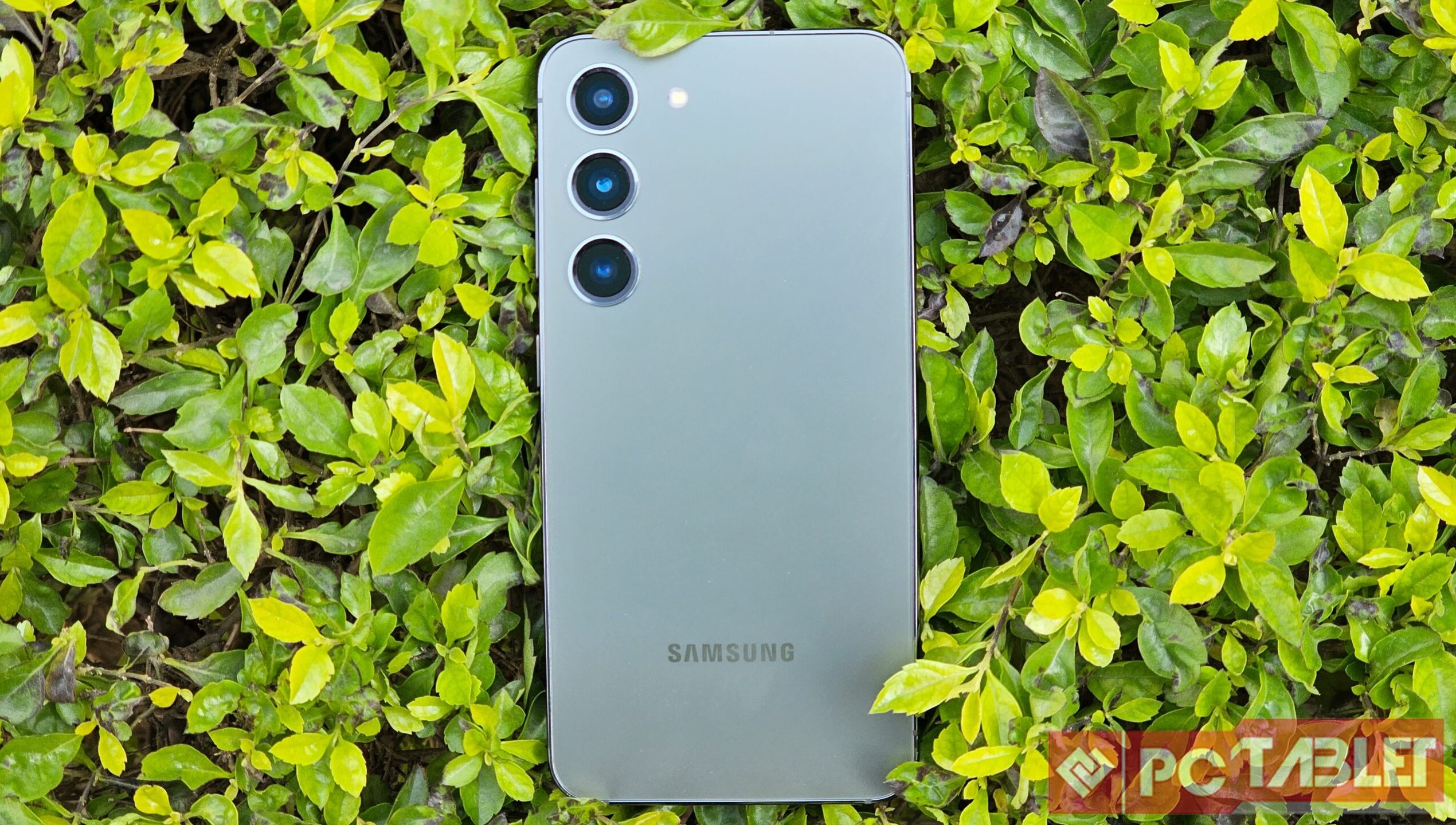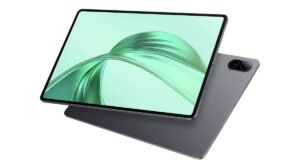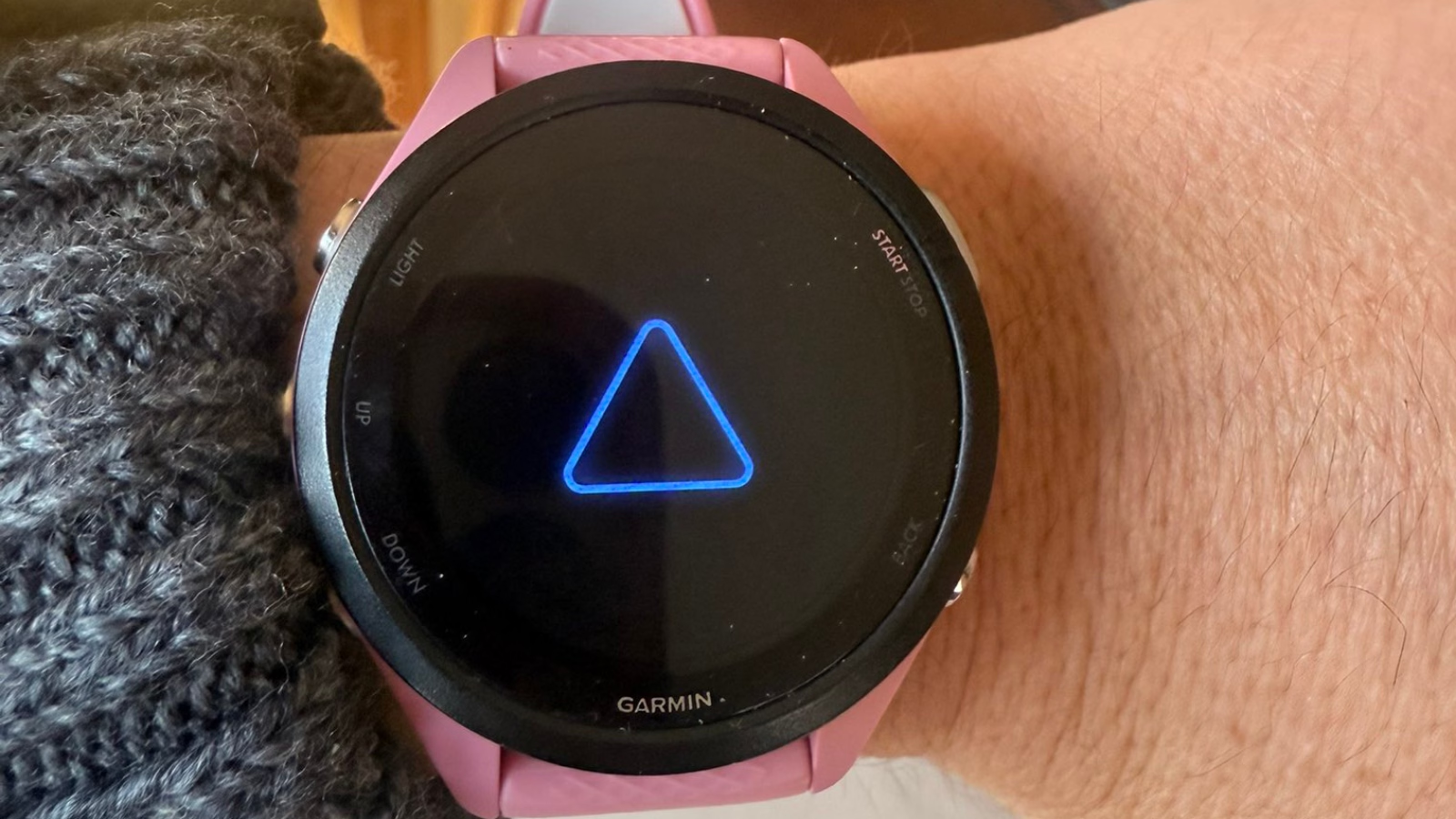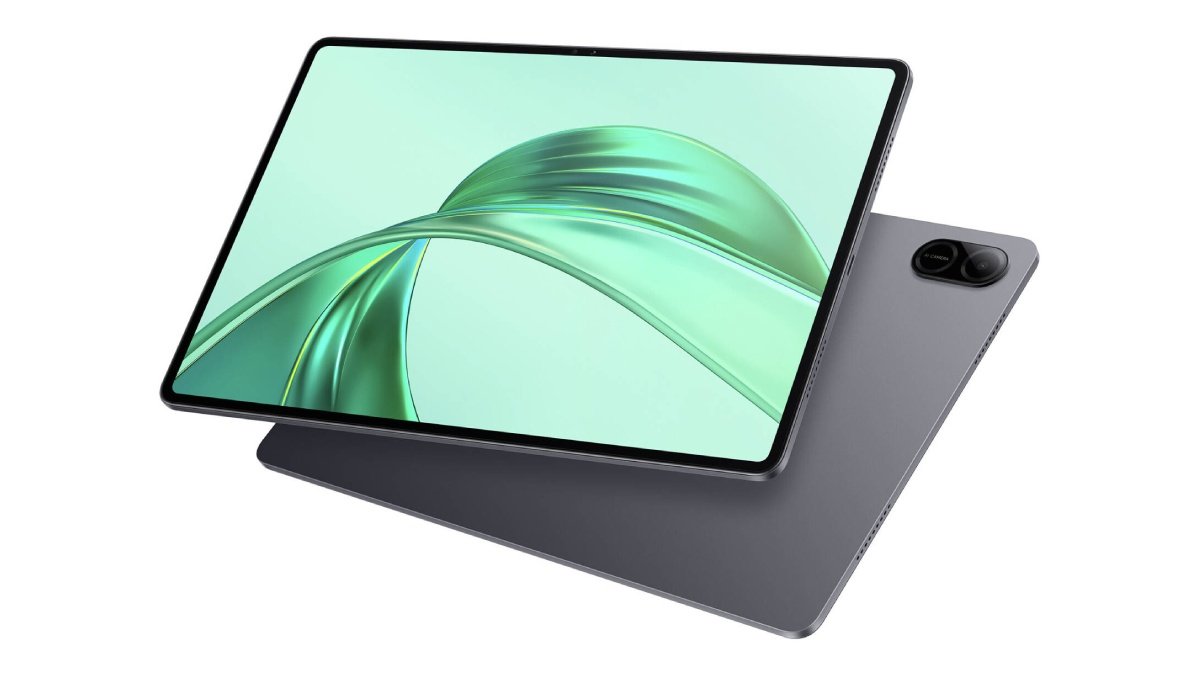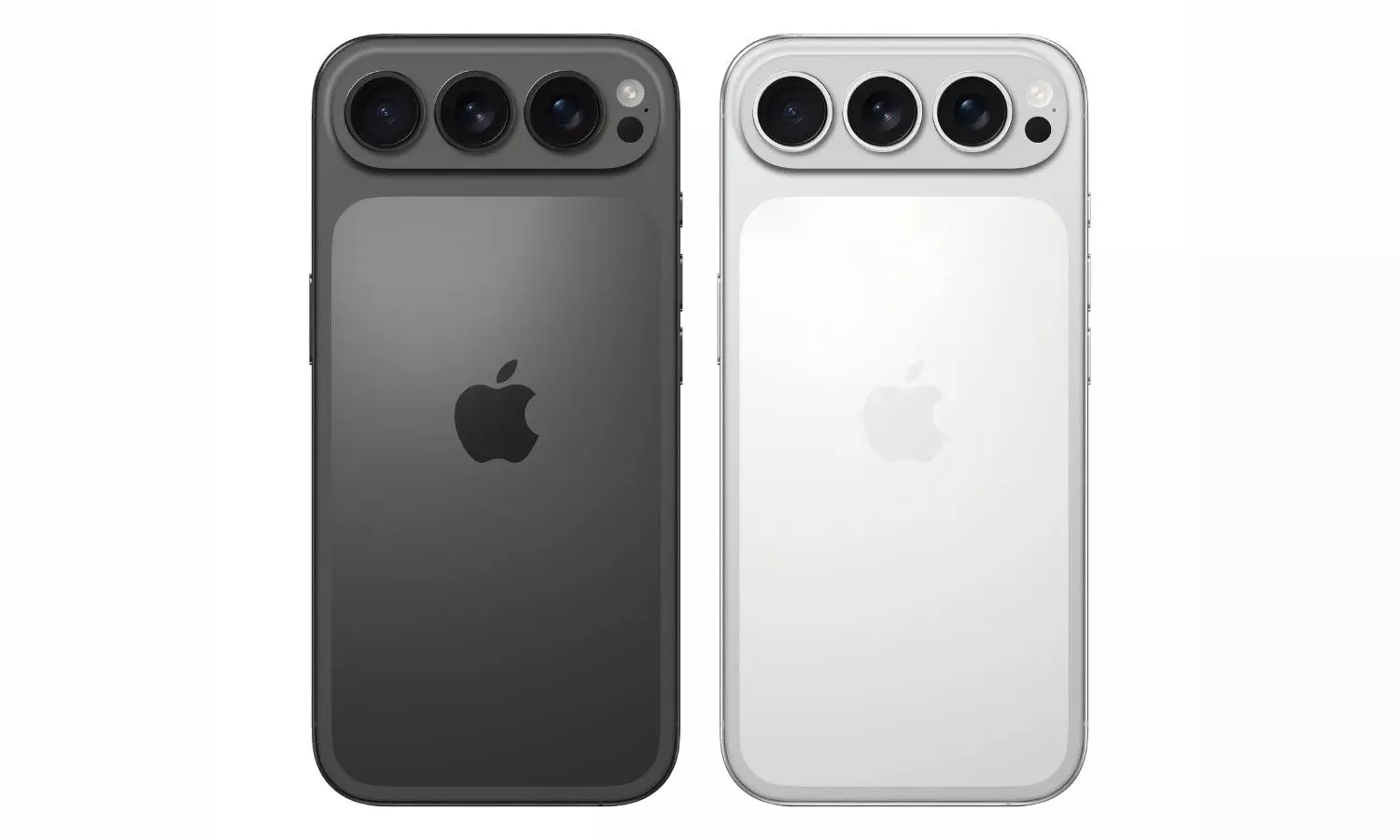Earlier this month, Samsung unveiled its flagship Galaxy S23 smartphone series in India. The series comprises of 3 smartphones, The Galaxy S23, Galaxy S23+, and the big boy S23 Ultra. While S23 Ultra took all the limelight, there is an appeal for the Galaxy S23 because of its smaller footprint and lighter construction than the rest of the lineup. The new version is identical in size with the S22 but features a Snapdragon 8 Gen 2 for Galaxy SoC, increased display brightness, and a 200mAh larger battery. The most intriguing smartphone in Samsung’s S series lineup this year is this one, so let’s take a closer look at what makes it so.
Design & Display
 The Samsung Galaxy S23 may have a similar appearance to last year’s flagship, but it offers significant upgrades from the outgoing model. For many, the removal of the contour camera housing on the back and replacement with a simple line of cameras that resembles those on the Galaxy S23 Ultra‘s top-end model will be the change that stands out the most right away. It unifies the entire lineup, and in our opinion, is a good move.
The Samsung Galaxy S23 may have a similar appearance to last year’s flagship, but it offers significant upgrades from the outgoing model. For many, the removal of the contour camera housing on the back and replacement with a simple line of cameras that resembles those on the Galaxy S23 Ultra‘s top-end model will be the change that stands out the most right away. It unifies the entire lineup, and in our opinion, is a good move.
The phone still has its glossy Armor Aluminum frame. Although it is not prone to scratches, it does seem to attract some fingerprint smudges. The antenna bands can be seen all over. The power button and the volume rockers are both located on the right side of the device. The left side is empty. The loudspeaker grill and USB Type-C port are located on the bottom and the backup microphone is located on top.

The Samsung Galaxy S23’s 6.1-inch AMOLED display, which boasts a high resolution, 120Hz refresh rate, and support for HDR10 content, is primarily responsible for its appeal. The panel is vivid, detailed, and sufficiently bright to allow for comfortable outdoor use, as you would expect from a Samsung display. The back and display are both protected by Corning’s newest and greatest Gorilla Glass Victus 2, which is said to provide protection from even the hardest drops.
Performance & Cameras
 The Samsung Galaxy S23 draws its power from Qualcomm’s “Snapdragon 8 Gen 2 for Galaxy,” a special chipset made specifically for Samsung smartphones. In comparison to the 3.2GHz found in the already top-of-the-line Snapdragon 8 Gen 2, Qualcomm claims that the upgraded chipset boasts improved CPU performance with a higher 3.36GHz peak speed. The chipset is also found on the Plus and Ultra models and that there isn’t a split between the Exynos and Snapdragon processors this year means that whichever model you choose, you’ll get the same amount of power.
The Samsung Galaxy S23 draws its power from Qualcomm’s “Snapdragon 8 Gen 2 for Galaxy,” a special chipset made specifically for Samsung smartphones. In comparison to the 3.2GHz found in the already top-of-the-line Snapdragon 8 Gen 2, Qualcomm claims that the upgraded chipset boasts improved CPU performance with a higher 3.36GHz peak speed. The chipset is also found on the Plus and Ultra models and that there isn’t a split between the Exynos and Snapdragon processors this year means that whichever model you choose, you’ll get the same amount of power.
 Moving to the software, The Samsung Galaxy S23 comes pre-installed with Android 13 and Samsung’s new OneUI 5.1 custom skin. OneUI 5.1 appears to be noticeably smoother than OneUI 5.0, which we saw on the Galaxy S22, based on first impressions. Additionally, Samsung is providing four years of OS updates and five years of security updates, which should comfortably get the Galaxy S23 through Android 17. We are confident that the S23 will receive timely updates going forward because the company has historically been quite quick with Android version updates.
Moving to the software, The Samsung Galaxy S23 comes pre-installed with Android 13 and Samsung’s new OneUI 5.1 custom skin. OneUI 5.1 appears to be noticeably smoother than OneUI 5.0, which we saw on the Galaxy S22, based on first impressions. Additionally, Samsung is providing four years of OS updates and five years of security updates, which should comfortably get the Galaxy S23 through Android 17. We are confident that the S23 will receive timely updates going forward because the company has historically been quite quick with Android version updates.
 The Galaxy S23’s battery has also undergone an upgrade; it now has a 3,900mAh cell, which is an increase of 200mAh over the previous version. The battery life on the phone has been quite good in our limited usage so far, with enough juice in the tank to easily get through an entire working day.
The Galaxy S23’s battery has also undergone an upgrade; it now has a 3,900mAh cell, which is an increase of 200mAh over the previous version. The battery life on the phone has been quite good in our limited usage so far, with enough juice in the tank to easily get through an entire working day.
Regarding the cameras, the standard Galaxy S23 has the same setup as the Galaxy S22, consisting of a main 50MP camera with dual pixel PDAF and OIS, a 12MP 120-degree ultrawide camera, and a 10MP 3x telephoto with OIS.
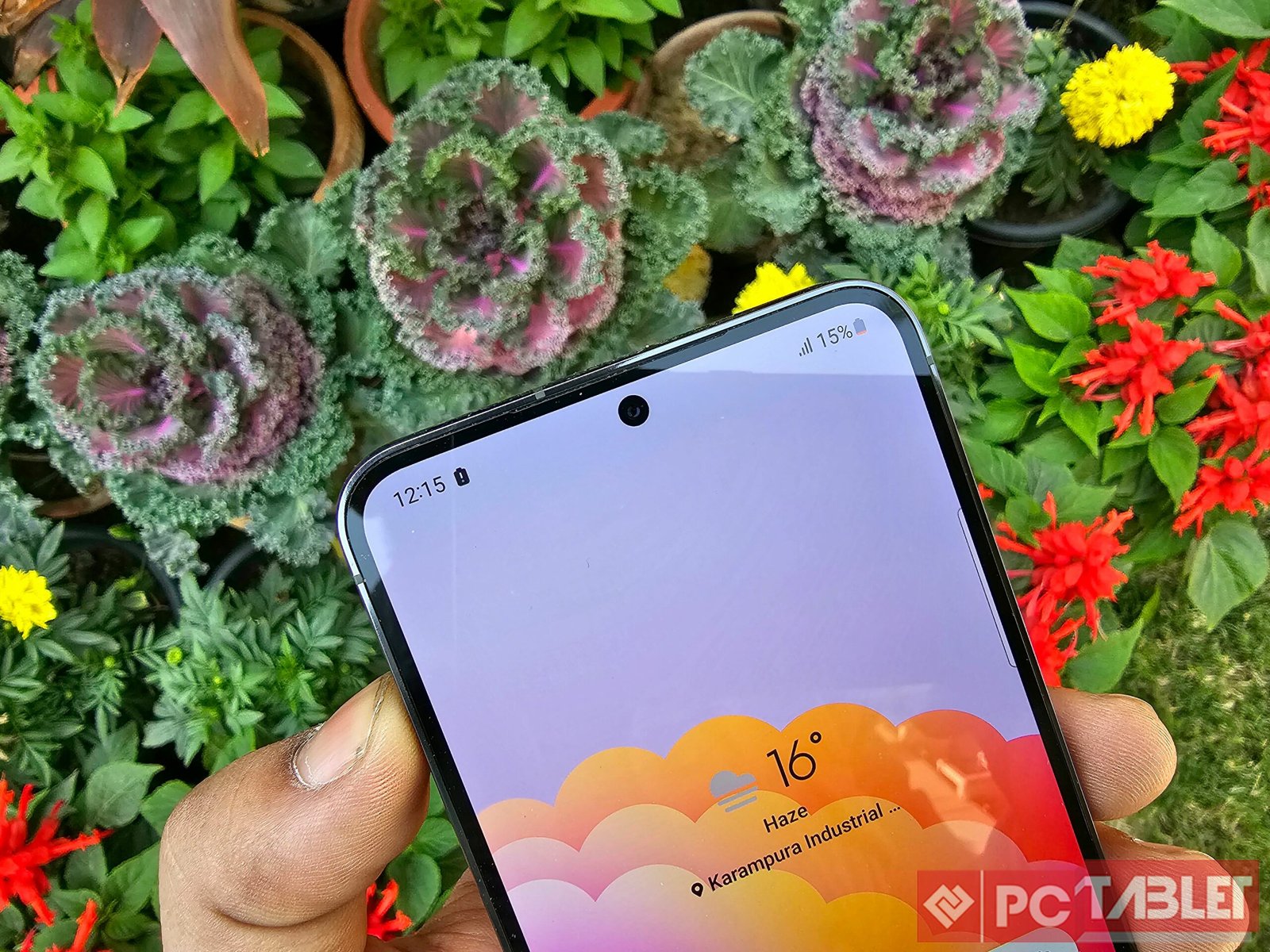 While that will be disappointing for those hoping for a genuine camera upgrade, Samsung has made progress in the field of artificial intelligence, which should improve the quality of pictures taken. Additionally, there are new Expert RAW capabilities, a feature that was first made available on the S22 series. The images we took during our limited use looked promising which can also be said for the new 12MP front camera.
While that will be disappointing for those hoping for a genuine camera upgrade, Samsung has made progress in the field of artificial intelligence, which should improve the quality of pictures taken. Additionally, there are new Expert RAW capabilities, a feature that was first made available on the S22 series. The images we took during our limited use looked promising which can also be said for the new 12MP front camera.
Bottom Line
The Samsung Galaxy S23 is a pocket-friendly charmer with a sleek, minimalistic design, a lovely 6.1-inch AMOLED display, and, although not quite as competent as the S23 Ultra, it should be able to hold its own in the camera department too – but we’ll reserve final judgment until the complete review.
However, it does seem promising, especially for people looking for a high-end smartphone that is simple to operate with one hand and would fit happily into small pockets.

